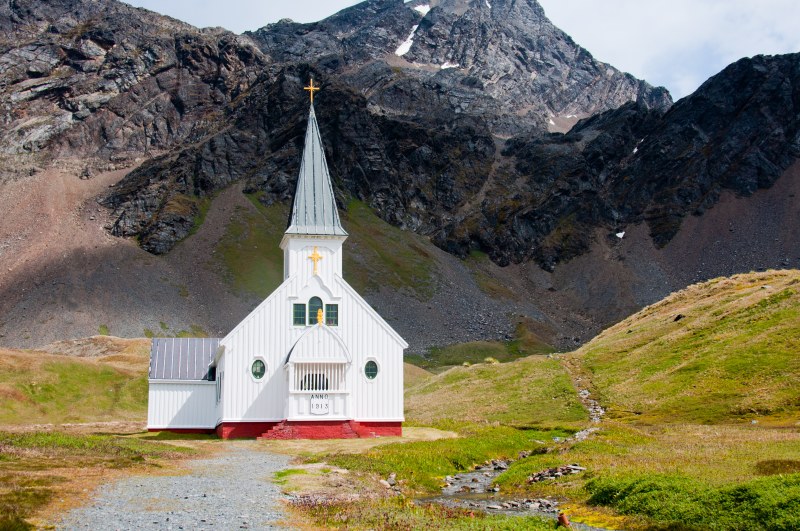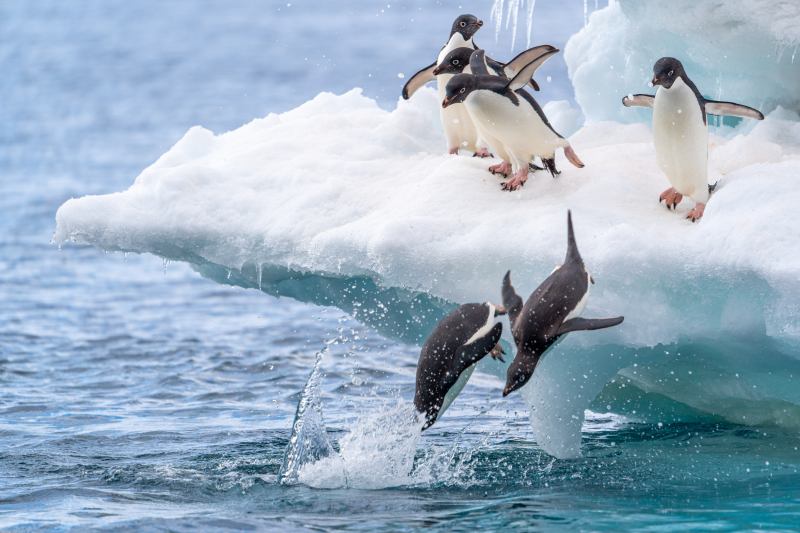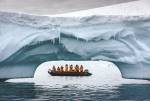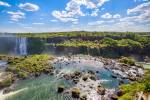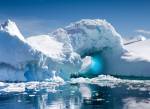Sunshine and snow in the South Pole
The month in which you travel to Antarctica makes a lot of difference.
November – March is the short expedition season
This is not only the best time to visit Antarctica, it is the only time it’s possible – as the ice breaks up allowing ships to pass. The continent is colder but at its most untouched, with pristine ice and snow, and wildflowers blooming on the islands. December and January enjoy days filled with 20 hours of sunshine, which bring welcome warmth; temperatures hover above freezing, creating perfect conditions for seal pups and penguin chicks – as well as whales.
Best Time To Visit
overview
we recommend
- If you are over 16 and possessed of an adventurous spirit, why not spend a night as part of the ultimate camping experience – sleeping on the ice in Antarctica!
- Venture onto the calm ocean waters as you gracefully glide over the glasslike surface on your kayak, under the eye of your watchful guide. Don’t forget to peer at the spectacular world unfolding below you! Do note that this activity is open to those 16 years and above
- If you are a bird lover, keep your eyes peeled and camera ready as you spot all types of albatrosses, cormorants, petrels, gulls and skimmers
overview
we recommend
- Gain intimate access right into the rarely seen world of the biggest mammals on earth – the blue whale and the humpback whale as they return to feed in the nutrient-rich waters of the Antarctic Ocean
overview
we recommend
- If you are visiting this month, it’s still a great time for a spot of whale watching!
- Don’t forget to savor and photograph the stunning sunsets around this time
overview
overview
overview
overview
overview
overview
overview
overview
we recommend
- Feast your eyes on the spectacular sunsets before midsummer – the skies shift from blacks to grays before a blood-red horizon spills out over the ice and water as far as the eye can see. Red turns over into orange and yellows before clear light blankets everything. This fantastic evening light makes this one of the best times for photographers to capture the islands’ stunning natural beauty
- Marvel at the spectacular icebergs, with ice falling into the water or with cavorting penguins atop of them as you cruise down the magnificent ice-filled fjords
overview
we recommend
- Bring your binoculars and prepare to enter the world of the penguin! And there are so many to photograph – from the tiny Adelie, and the easily recognizable Chinstrap, to the Macaroni and the remarkable Southern Rockhopper
- This is also the month the chicks start hatching in the penguin rookeries so be prepared for a lot of activity in those areas!
- Visit a research base to get a first-hand glimpse of what it is like to live on Antarctica. There are several abandoned and fully occupied bases scattered the continent and a general population, depending on the season, of anywhere between 1000-4000 people
Climate in Antarctica
With average temperatures of -94°F and -40°F during August – the peak of winter – the climate of Antarctica is the harshest of all continents. It does get warmer during the summer months with average temperatures of 5°F and – 49°F in February, which is considered the warmest month of the region. However, temperatures are somewhat higher in the coastal areas due: between -25°F to 5°F in winter, and 23°F to 41°F in the summer months. With such extreme climatic conditions, it is no wonder that Antarctica is the driest region on our planet, almost entirely a desert. The land experiences six months of daylight in the summer months of October to March, and the rest of the year is spent in darkness. It’s also where the lowest ever temperature on earth was recorded in 2018, -144.04°F, beating the previous record of -128.56°F from 1983!

What to Pack for Antarctica
Covered by ice approximately a mile thick, it’s safe to say Antarctica is the coldest place on earth. Temperatures often drop to as low as -70°C. With no precipitation, Antarctica is a dry place too and is technically classified as a desert. So as you can imagine; what one wears is of the utmost importance, be it day or night.
Suggested Clothing
The average temperature in the Antarctic Peninsula area during the austral summer is about 32°F, although sometimes it may feel a little lower because of the wind chill factor. For this reason, it is best to wear several layers of light, warm clothing. The suggested clothing for Antarctica is very similar to that recommended for skiing: thermal underwear, a couple of warm and wicking mid-layers, and windproof and waterproof jacket and pants as the outer layer – essentially a layered system with an outer layer that is waterproof. The air between the layers provides additional insulation. Fleeces are very suitable and waterproof pants for the landing are essential. You will also need a hat, a scarf, waterproof and insulated gloves, and sunglasses with high UV protection. We offer a complimentary packer to our guests.
Waterproof Boots
You will need to stay as warm and dry as possible all the time. Therefore, correct footwear is very important. As most landings in Antarctica are “wet landings”, the best footwear is knee-high waterproof boots. You will not need to carry them with you since your air cruiser will provide you with a pair of thermal rubber boots before arriving in Antarctica. Sturdy walking shoes or sneakers with a good grip sole for the slippery deck, and rubber boots will be provided. Please note that we provide rubber boots for shore excursion activities during the course of the tour.
Face Protection
You will also need good sunblock lotion for your face. Good quality UV filtering sunglasses are essential. Glacier glasses have leather flaps at the sides to stop the light from passing through. Due to the high reflectance of UV radiation, you will also need good sunblock lotion for your face (this means a high protection factor of perhaps 30 and above) and lip balm.
Photography
To see the wildlife you should have a good pair of lightweight binoculars (the suggested magnification is 7× or 8×). If you are passionate about photography, do not forget a good zoom lens to shoot wildlife while avoiding close approaches. Also, take with you a good supply of memory cards and spare batteries since cold temperatures can reduce their lifespan.
As a side note, don’t forget to carry all your personal medications and a suitable backpack for your belongings during shore excursions. Lightweight disposable rain gear will not endure more than one landing, so please bring high quality, expedition-weight waterproof pants.
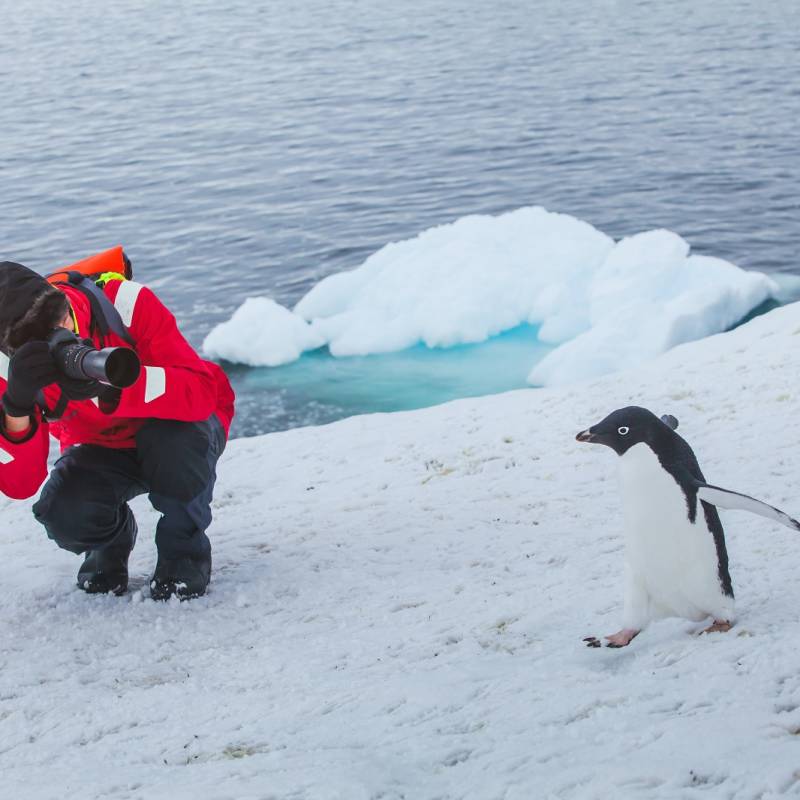
From the Blog
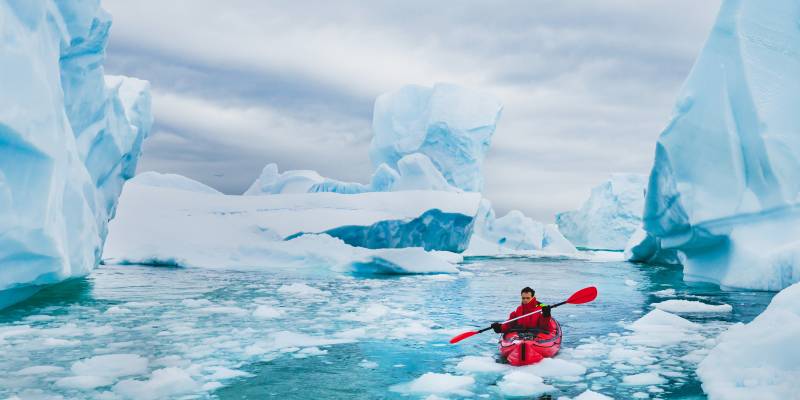
Antarctica Vacation: Into the Deep
Antarctica is literally frozen in time. Blanketed in a stark, surreal yet strikingly beautiful silence, it is the only uninhabited place on our planet – Earth’s last great wilderness. And this is what makes an Antarctica vacation truly exhilarating and fascinating.
Read PostPopular Trips to Antarctica
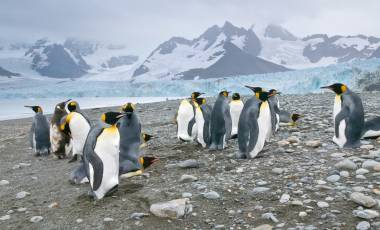
Explore the incredible icy landscapes of South Georgia and the Antarctic Peninsula, and enjoy an assortment of activities for a truly enchanting polar adventure. Board your modern cruise ship, and home for the next 17 days in Ushuaia. You will be sailing from the Beagle Channel towards the southernmost tip of South America, and then…
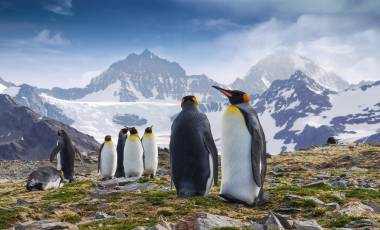
Savor spectacular views of Antarctica’s fabulous landscapes and wildlife over the course of 20 memorable days. Keep an eye out for endemic birds as well as Magellanic, Gentoo and Southern Rockhopper penguins around the Falklands. The expert naturalists on board will help you spot marine wildlife such as whales and seals as you sail through…
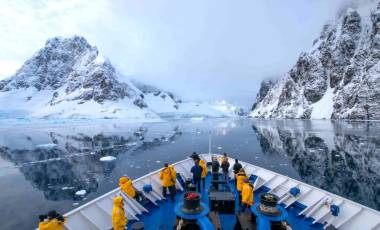
Venture out on an adventurous journey to the South Pole! Experience what only a few have experienced before you and cross the southernmost point of our earth – in just eleven days. You’ll be crossing the Drake Strait in an airplane instead of a ship, making it possible to do this journey in a short…
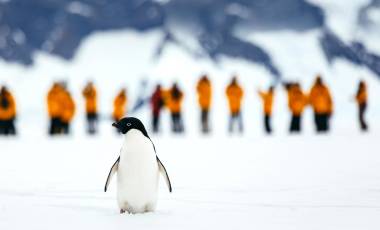
Experience all the highlights of the Antarctic Peninsula in just eight days! This expedition is ideal if you have limited time and are making your maiden voyage to the seventh continent. Fly over the famous Drake Strait by charter plane and land on King George Island in the archipelago of the South Shetland Islands, where…
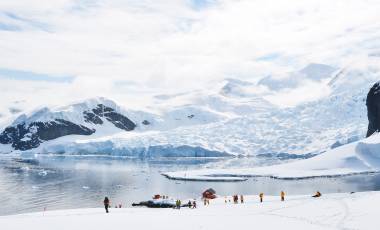
Witness all the highlights that Antarctica has to offer on this epic 23-day expedition! Starting at the Falkland Islands, you will see albatross, dolphins, and five species of penguins. From there, you’ll continue to South Georgia, home to 300,000 king penguins, 50 million seabirds, and five million seals. Finally, you’ll explore the Antarctic Peninsula and…
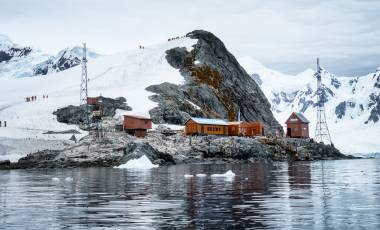
Set off on a bucket-list adventure to the South Pole! Setting foot on the seventh continent is an experience reserved for only a few. Explore Ushuaia and Tierra del Fuego and cross the Beagle Channel to reach the magical point at 90° South. On your return journey, the famous Drake Strait awaits you. Your expedition…
Sorry, your search found no results.
Things To Do
It’s not just a plain of ice white snow and a smattering of penguins. There is a breathtaking beauty to the region that can be found nowhere else on earth. Here are the top ten highlights of Antarctica.
Travel Guide
Any expedition travel to Antarctica requires flexibility and adaptation to ever-changing circumstances. The weather like anywhere else, is unpredictable. Follow the link below to read our travel tips.

